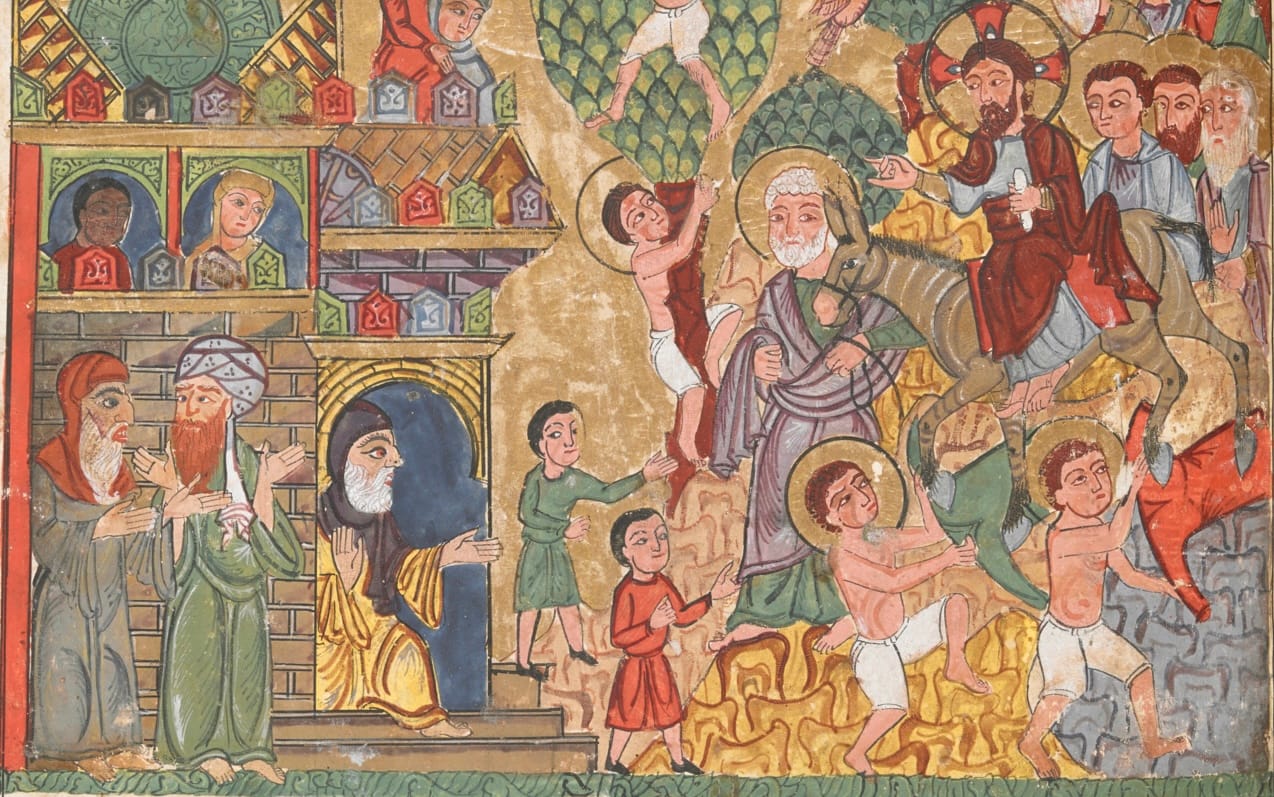“People of All Tongues”: Teaching the Continuity of Religious Diversity in Dar al-Islam
Discussion of teaching the continutity of religious diversity in Dar al-Islam


Teaching historical continuity is always more challenging than teaching change. Primary sources tend to discuss what’s new rather than what has stayed the same. Despite the many changes to who governed the Middle East over time, the region has historically been a place where different religious communities lived side by side. If we focus on Jerusalem around 1200, we can help students see how multiple religious communities continued to live side by side and shape the city.
The Source
This Content is for Subscribers on the Buy Me Lunch and Buy Me Dinner tiers
SubscribeAlready have an account? Log in



